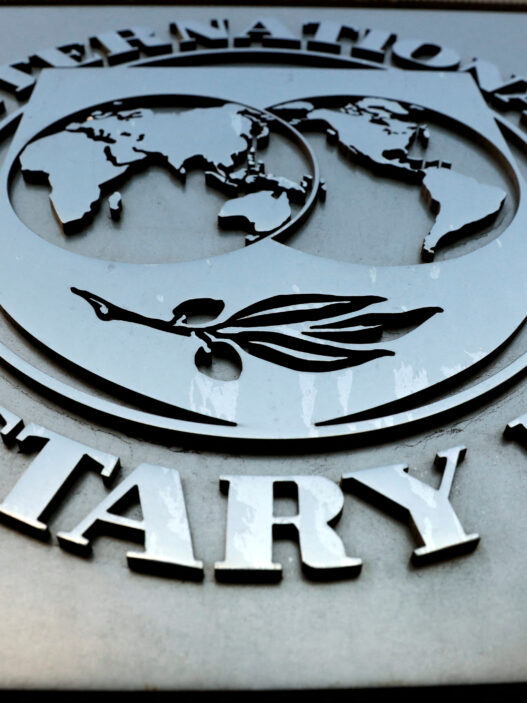The Unexpected Cut: Beijing’s Bold Economic Gambit
Powered by MasterCFA.com
What Happened?
On October 20, 2024, the People’s Bank of China (PBOC) made a surprising move by cutting its benchmark loan prime rate (LPR) more than expected. The one-year LPR was reduced to 3.10% from 3.35%, while the five-year LPR, which influences mortgage rates, was cut to 3.60% from 3.85%. This decision comes as part of a series of measures aimed at revitalizing China’s economy.
Why Does This Matter?
Impact on the Economy:
This rate cut is expected to have far-reaching effects on China’s economy:
- Lower borrowing costs for businesses and consumers
- Potential boost to investment and spending
- Possible stimulation of the struggling property market
Personal and Business Effects:
- Families may benefit from reduced mortgage rates, making homeownership more accessible
- Businesses could see lower costs for loans, potentially spurring expansion and hiring
- Investors might need to reassess their portfolios in light of changing interest rate environments
Economic Theories at Play: Navigating the Complexities of Monetary Policy
Theoretical Concepts in Action:
Economic Theories Showcased:
- Monetary Policy Transmission Mechanism: This concept explains how changes in central bank policy rates affect the broader economy through various channels.
- Liquidity Preference Theory: Developed by John Maynard Keynes, this theory suggests that lower interest rates increase the demand for money and investment.
- Phillips Curve: This theory posits a relationship between unemployment and inflation, which central banks consider when setting monetary policy.
Real-World Application:
The PBOC’s rate cut demonstrates these theories in action:
- By lowering the LPR, the PBOC aims to reduce borrowing costs across the economy, potentially stimulating investment and consumption (Monetary Policy Transmission).
- Lower interest rates may encourage businesses and individuals to borrow and spend more, rather than save, potentially boosting economic activity (Liquidity Preference Theory).
- The central bank is likely balancing the need for economic growth against inflationary pressures, a key consideration in the Phillips Curve framework.
Historically, we’ve seen similar policy moves in other economies. For instance, during the 2008 financial crisis, the U.S. Federal Reserve aggressively cut interest rates to near-zero levels to stimulate economic recovery. This led to increased borrowing and investment, eventually contributing to economic growth.
Crystal Ball Gazing: What’s Next for China’s Economy?
What Could Happen Next?
Several scenarios could unfold in the wake of this rate cut:
- Economic Rebound: If successful, we might see increased lending, higher consumer spending, and a boost in business investment.
- Property Market Revival: The lower five-year LPR could reinvigorate China’s struggling real estate sector.
- Currency Fluctuations: The rate cut might lead to a depreciation of the yuan, potentially affecting trade dynamics.
- Global Ripple Effects: As the world’s second-largest economy, China’s monetary policy changes could influence global markets and trade patterns.
Beyond the Headlines: Why This Matters to You
Why You Should Pay Attention:
Understanding these economic moves is crucial for several reasons:
- Investment Opportunities: Changes in interest rates can create new investment landscapes. For example, lower rates might make bonds less attractive but could boost stock markets.
- Career Prospects: Knowledge of how monetary policy affects various sectors can help you identify growing industries and tailor your career path accordingly.
- Personal Finance Decisions: Understanding the implications of rate changes can inform decisions about mortgages, savings, and investments.
- Global Economic Awareness: As economies become more interconnected, being aware of major policy shifts in countries like China can help you anticipate potential impacts on your local economy.
Diving Deeper: Questions to Ponder
To further your understanding, consider these thought-provoking questions:
- How might China’s rate cut affect other emerging economies?
- What are the potential long-term consequences of sustained low interest rates?
- How does this move by the PBOC compare to monetary policies in other major economies?
- What indicators should we watch to gauge the effectiveness of this rate cut?
- How might this policy shift influence China’s efforts to internationalize the yuan?
Keep Learning with MasterCFA: Staying informed about global monetary policies and their economic impacts is essential for any aspiring financial analyst. Dive deeper into these topics to enhance your understanding and prepare for the CFA Exam. Explore more insightful articles and resources with MasterCFA to stay ahead in your finance career.















